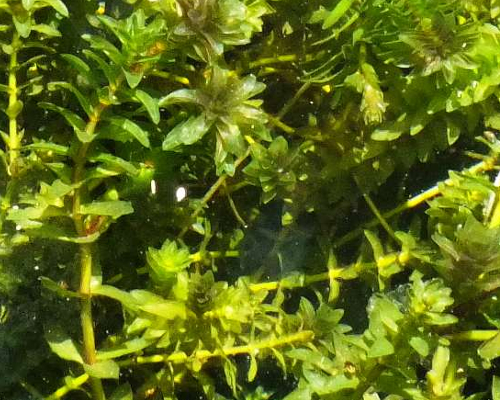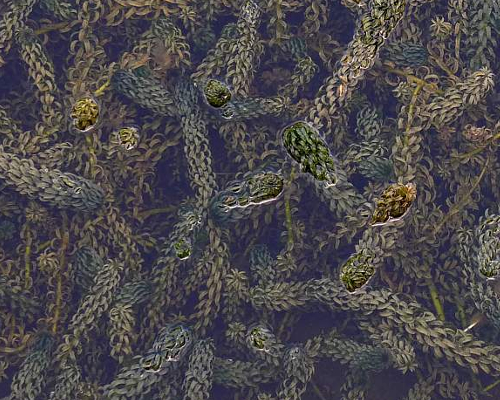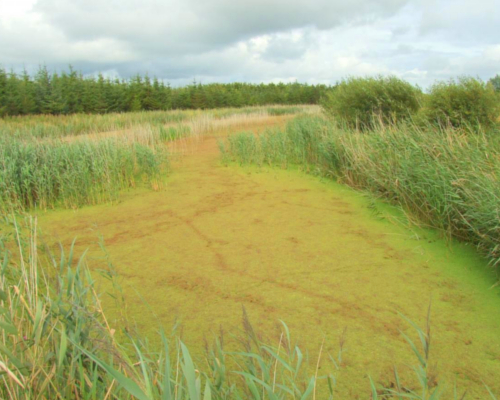Invasive Aquatic Weed Cutting, Removal and Control
We have 15 years of experience cutting, removing and controlling invasive aquatic plant species all over the UK
Invasive aquatic plant species are a rising problem in the UK, costing an estimated £1.7 billion to control. Many of such species are banned from sale in the UK and it is an offense to plant many of these species in the wild. However, many UK waterways are already infested with these plant species and require regular maintenance to keep them at bay
The Problems Caused by Invasive Aquatic Plant Species
Unlike native species, it is much more common for invasive plants to grow excessively and out of balance with the waterway, with great masses of plant matter filling the watercourse throughout if left untreated
Invasive Aquatic Plants Can:
Outcompete Native Plant Species - Invasive plants, once established can quickly smother native plants and take over a watercourse, creating a monoculture of plantlife, upsetting the delicate balance of the watercourse, causing loss of biodiversity and posing a threat to endangered UK plant species
Remove Oxygen from the Water - As with other plants, invasive plants respire overnight, pulling oxygen out of the water and releasing CO2. Invasives can grow to excessive amounts, meaning large amounts of Oxygen can be removed from the watercourse. Fish kill occurs when oxygen levels drop to critical levels
Clog Waterways - Invasives can clog inlets, outlets, filters, water features, or even the watercourse in it's entireity. This increases the risk of flooding or conversely, negatively effects water levels, threatening the loss of wildlife or the watercourse altogether
Hamper Water Activites - Excessive weed growth can disrupt any movement on and in the water, hampering boat and watercraft movement, and clogging propellers. Fishing on lakes and ponds with invasive species can be next to impossible when dealing with dense patches of weed
Endanger Swimmers/Divers - Many invasive species grow in incredibly dense clusters, endangering anyone in the water that may become tangled in the weed
Clearing Invasive Aquatic Weeds
When clearing Invasives we will:
Cut and clear as much of the plant as possible
Cut deep at the bottom of the plant to prevent fragmentation
Remove as much of the cut weed as possible to prevent spread and re-establishment
Properly clean and remove all parts of the plants from our machinery before moving to another site to prevent cross contamination
Leave cut weed on the bank and recommend it's left for up to 48 hours to allow for invertibrates to re-enter the watercourse before the weed is removed entirely
Reccomend ways for the client to keep on top of the issue after work is complete





